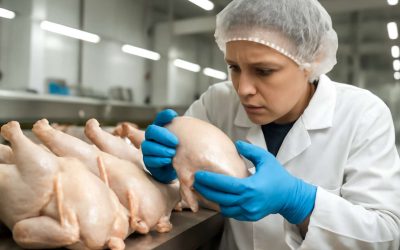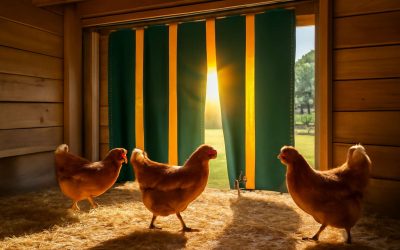
Incubation is a pattern of behaviour in oviparous animals, particularly birds, marked by the cessation of egg-laying and the readiness to sit on and incubate eggs. Incubation involves regulating temperature and humidity, often through the use of the parent’s body. Incubation is a complex process, and the length of incubation can vary considerably between species.
An ideal environment for incubation requires a constant temperature (between 20 and 25°C) and humidity of 70 to 80%. The air should also be free of drafts, sunlight and heat sources such as heating ducts and radiators. It is helpful to have separate incubators for each stage of the process, but this may not be feasible for small numbers of eggs or classroom projects.
During the incubation phase the egg develops a cluster of cells on its surface called the embryo, which will eventually become a chick. In order for the embryo to grow and develop, it needs adequate food supplies. Incubation allows the nutrients in the ovum to pass from the yolk through the shell membrane to the embryo, where they are absorbed.
Once the embryo has developed enough to be able to break through its shell, it is ready to hatch. Hatching is a dangerous process, and many chicks die during this stage due to improper handling or poor conditions. This can include exposure to the elements, improper temperatures and ventilation of the incubator, disease, incorrect egg storage, lack of water and thin egg shells.
The parent bird(s) regulate the incubation temperature through a specialised area of skin known as a brood patch. In the brood patch, a network of blood vessels raises the body’s temperature and passes this heat to the eggs through conduction. Incubation can be performed by either the male or female, and in about 50% of bird species both parents share this task. Incubation can be modified in response to environmental conditions, for example during wet and cold periods the parent(s) may take fewer and shorter bouts off the nest, allowing them to keep the eggs warm without overheating themselves.
Incubation of the eggs is also affected by predation risk and availability, with parental incubation behaviour adjusting in order to minimise exposure of the nest and its contents to predators. When predation is a serious concern the parent(s) may remain on the nest for longer periods, taking fewer and shorter bouts off to search for food.
It is recommended that the eggs be turned at least every 12 hours by hand, or with an automatic turner, to ensure the development of an even layer of heat around each egg. This also prevents the embryo from sticking to the eggshell membrane. The frequency of turning is dependent on the temperature and humidity of the incubator, but it is usually found that it is better to turn more frequently than less. During the last three days of incubation, the presence of condensation on the top of the eggs indicates that adequate humidity is being provided.



0 Comments